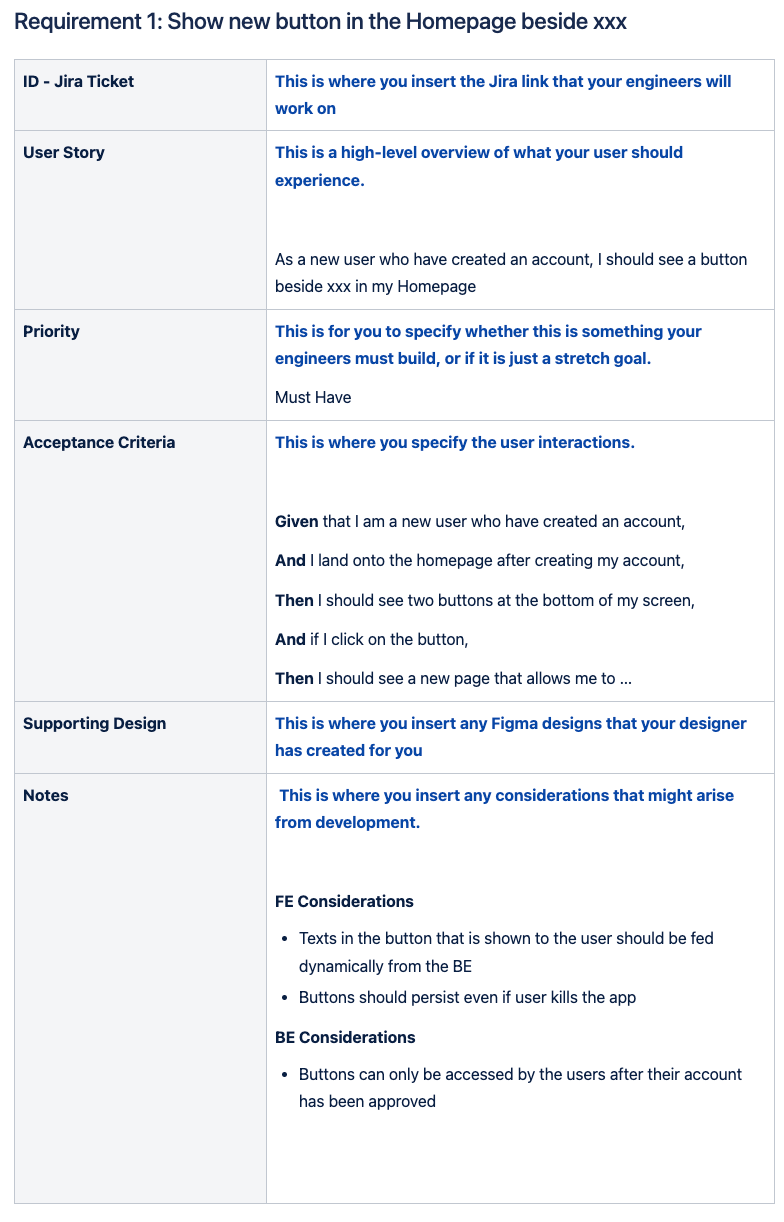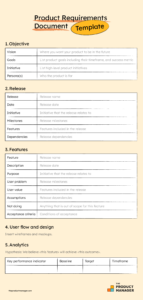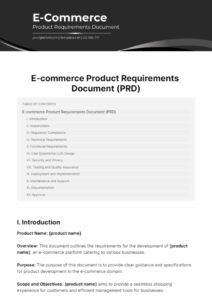Crafting a user-centric digital experience demands a well-defined set of UX design requirements. These requirements serve as a roadmap for designers, ensuring that the final product meets user needs and expectations. To streamline this process, a UX design requirements template can provide a structured framework for capturing and organizing these essential details.
A UX design requirements template typically includes a range of sections that cover various aspects of the user experience. These may include sections for defining user personas, outlining user goals, identifying pain points, and specifying key performance indicators (KPIs) to measure the success of the design.

Defining User Requirements
The foundation of any UX design project lies in understanding the needs of the target users. A UX design requirements template facilitates this process by providing a structured approach to defining user personas and outlining their goals. User personas are fictional representations of typical users, capturing their demographics, motivations, and behaviors. By creating these personas, designers gain a deeper understanding of the users’ perspectives and can tailor the design accordingly.
Outlining user goals is another crucial aspect of defining user requirements. These goals should be specific, measurable, achievable, relevant, and time-bound (SMART). By clearly defining the outcomes that users seek to achieve, designers can focus on creating a user experience that meets these needs effectively.
Identifying pain points is also essential in the requirements gathering process. Pain points represent areas of friction or frustration that users may encounter during their interactions with the product or service. By identifying these pain points, designers can prioritize addressing them in the design, resulting in a more seamless and enjoyable user experience.
Once user requirements have been defined, it’s important to establish clear KPIs to measure the success of the design. These metrics should align with the user goals and pain points identified earlier. By tracking these KPIs, designers can evaluate the effectiveness of their design solutions and make data-informed adjustments as needed.
Documenting Functional and Non-Functional Requirements
In addition to defining user requirements, a UX design requirements template also provides space for documenting functional and non-functional requirements. Functional requirements specify the specific features and capabilities that the product or service should possess. These requirements ensure that the design meets the users’ core needs and provides the desired functionality.
Non-functional requirements, on the other hand, address broader aspects of the user experience, such as performance, usability, accessibility, and security. These requirements ensure that the product or service meets the necessary standards for quality, reliability, and user satisfaction.
Conclusion
A UX design requirements template is an invaluable tool for capturing, organizing, and documenting the essential details that guide the design process. By leveraging a structured template, designers can ensure that user needs are met, potential pain points are addressed, and the design aligns with the overall project goals. A well-defined set of UX design requirements lays the foundation for a user-centric and successful digital experience.
Ultimately, the effectiveness of a UX design requirements template depends on its adaptability and the level of detail it provides. By tailoring the template to the specific project requirements and involving key stakeholders in the process, designers can create a comprehensive and actionable roadmap for successful UX design outcomes.


